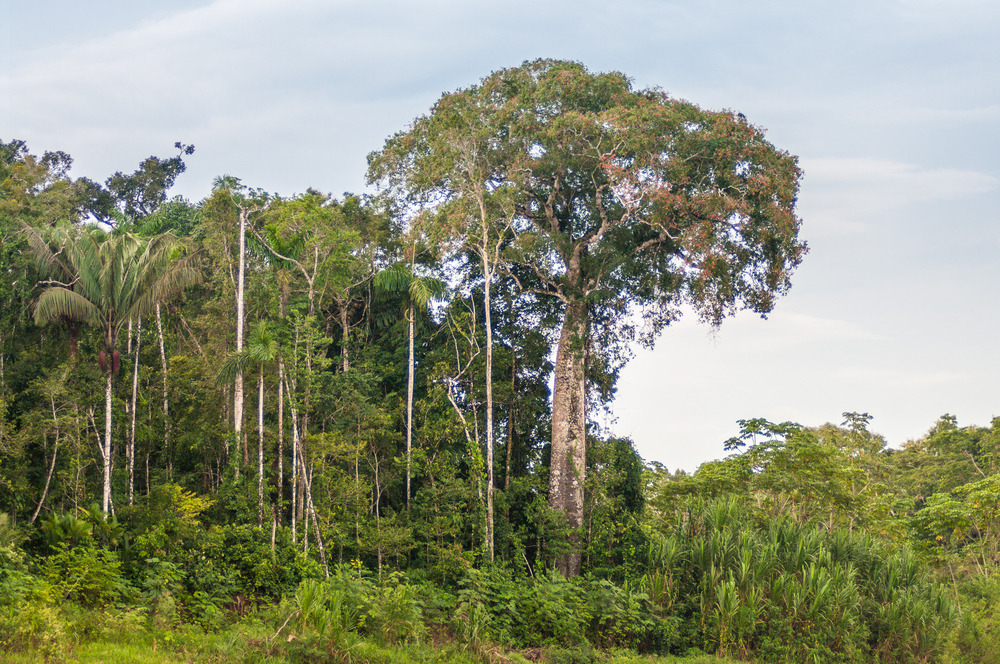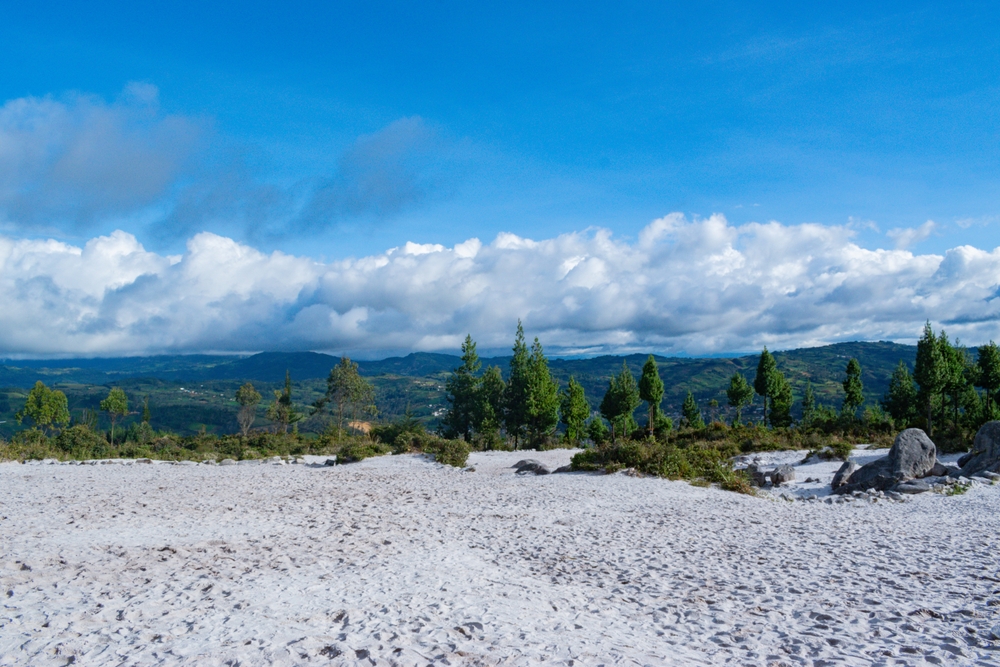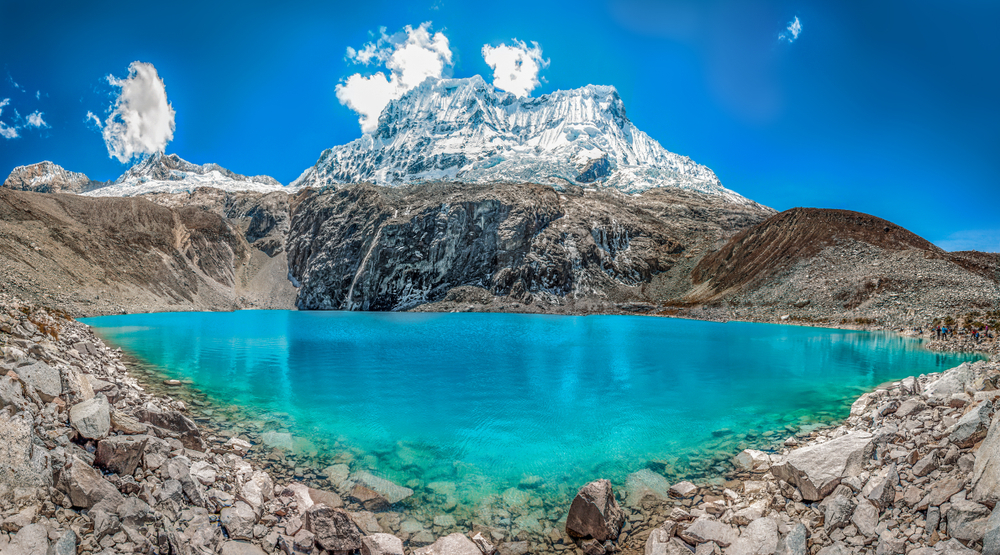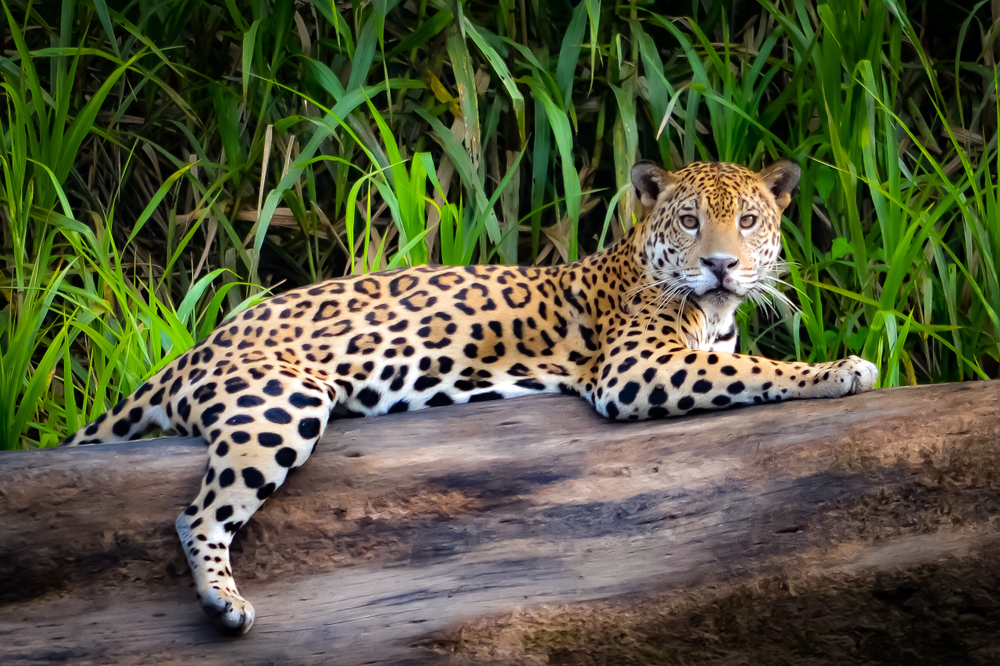Otishi Overview
Otishi National Park, or Parque Nacional Otishi in Spanish, is a remote and largely unexplored national park in Peru, situated within the regions of Junín and Cusco.
Covering approximately 1,374 square miles (3,558 square kilometers), this park is part of the Vilcabamba Mountain Range and serves as a critical conservation area within the Peruvian Amazon.
The park is nestled in one of the most biologically diverse and ecologically significant regions in South America, featuring a mix of high-altitude cloud forests, deep river canyons, and vast expanses of lowland rainforest.
The terrain is rugged and dramatic, with steep mountain slopes, lush valleys, and sheer cliffs that define its unique landscape. One of the park’s most striking features is the Otishi Plateau, a high-altitude tableland that offers breathtaking panoramic views. Numerous waterfalls cascade down the cliffs, feeding into pristine rivers that eventually merge with the Amazon Basin.
The park’s diverse habitats support an astonishing array of flora and fauna, many of which are endemic or rare. The dense forests of Otishi are home to some of Peru’s most elusive mammals, including the jaguar, spectacled bear, puma, and the endangered Andean tapir.
Smaller species such as the ocelot, giant armadillo, and various primates, including the howler monkey and woolly monkey, also thrive in the park. Bird enthusiasts may spot the vibrant Andean cock-of-the-rock, Peru’s national bird, along with harpy eagles, macaws, and toucans. The biodiversity of Otishi extends beyond its visible wildlife, as the park is also rich in amphibians, reptiles, and insects that contribute to the delicate ecological balance of the region.
Among the park’s most notable features is its role in protecting the headwaters of several important rivers, which provide water to both local communities and major ecosystems downstream.
The Ene and Tambo Rivers carve through the landscape, creating deep canyons and fostering unique microclimates that support a wide range of species. The park is also home to a variety of ancient rock formations and caves that have yet to be fully explored, adding to its mystique. Because of its remote location, Otishi National Park is not a typical tourist destination, making it one of the least disturbed areas in the country.
Visitors who wish to experience Otishi must be prepared for an adventurous journey, as access is difficult and typically requires guided expeditions. Activities in the park include trekking through the dense jungle, wildlife observation, and river excursions along its winding waterways.
Given the park’s inaccessibility, it remains a prime location for scientific research and conservation efforts rather than large-scale tourism. Indigenous Asháninka communities reside in the surrounding areas, and their traditional knowledge and connection to the land play an essential role in the park’s ongoing conservation initiatives.
Despite its rich biodiversity, Otishi National Park faces challenges such as illegal logging, poaching, and the threat of encroaching agricultural activities. Conservation efforts have been focused on strengthening the park’s protection through partnerships with local communities, government agencies, and environmental organizations.
Its relative isolation has helped shield it from some of the pressures faced by other Amazonian parks, but continued vigilance is necessary to ensure the survival of its unique ecosystems.














































































